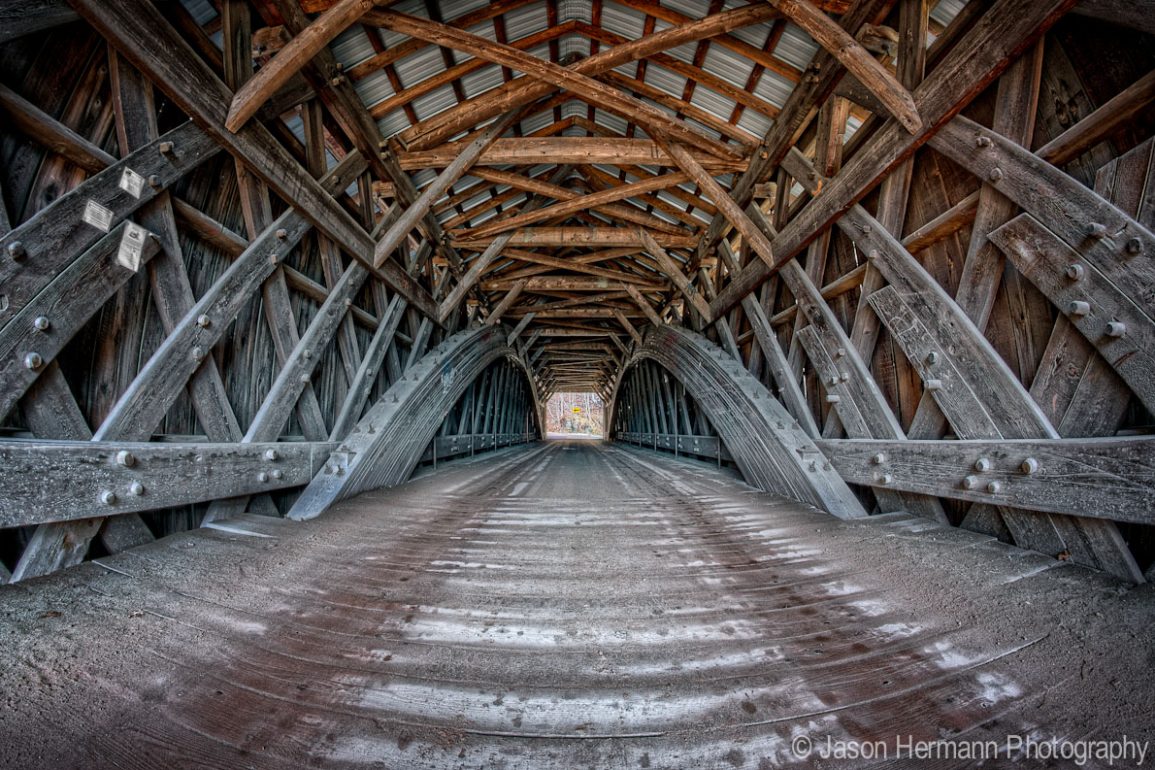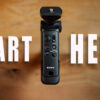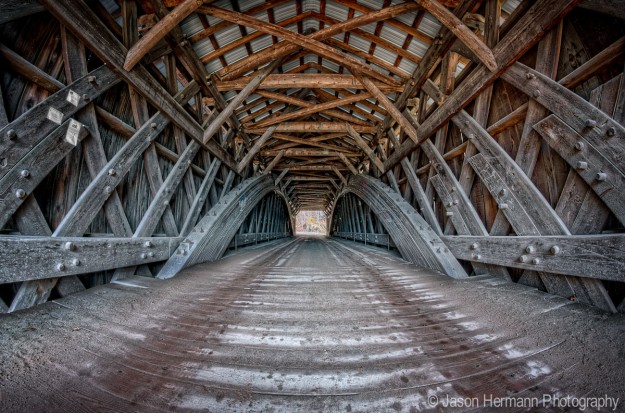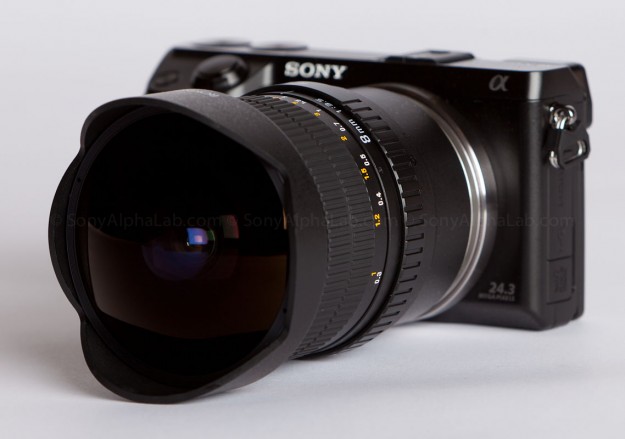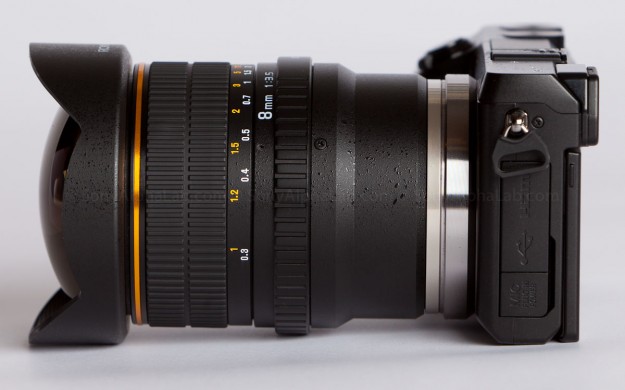In this 18+ minute How-To video tutorial, I will go over everything you need to know about HDR Photography while using the Sony Nex-7.
I will go over all the different methods you have for capturing higher dynamic range scenes including the built in AutoHDR Feature, Using Exposure compensation to get multiple exposures, and using Manual mode to capture multiple exposures.
If your not familiar with HDR Photography, be sure to check out this great Intro to HDR Photography Video Tutorial that explains all the concepts and theory you will need to know!!
To start the video off I’m going to go over Autohdr and how to set it up. Next, we will move on to using Aperture Priority mode and by manipulating the exposure compensation we will capture all the dynamic range in the given scene over a few frames. After that we will switch to Manual Mode and manipulate the shutter speed in order to get the exposure’s we want 😉 We will also discus briefly the few bracketing features that the Sony Nex-7 offers.
Click the pics for Full 1200px Photo
Thanks for watching! Jay

